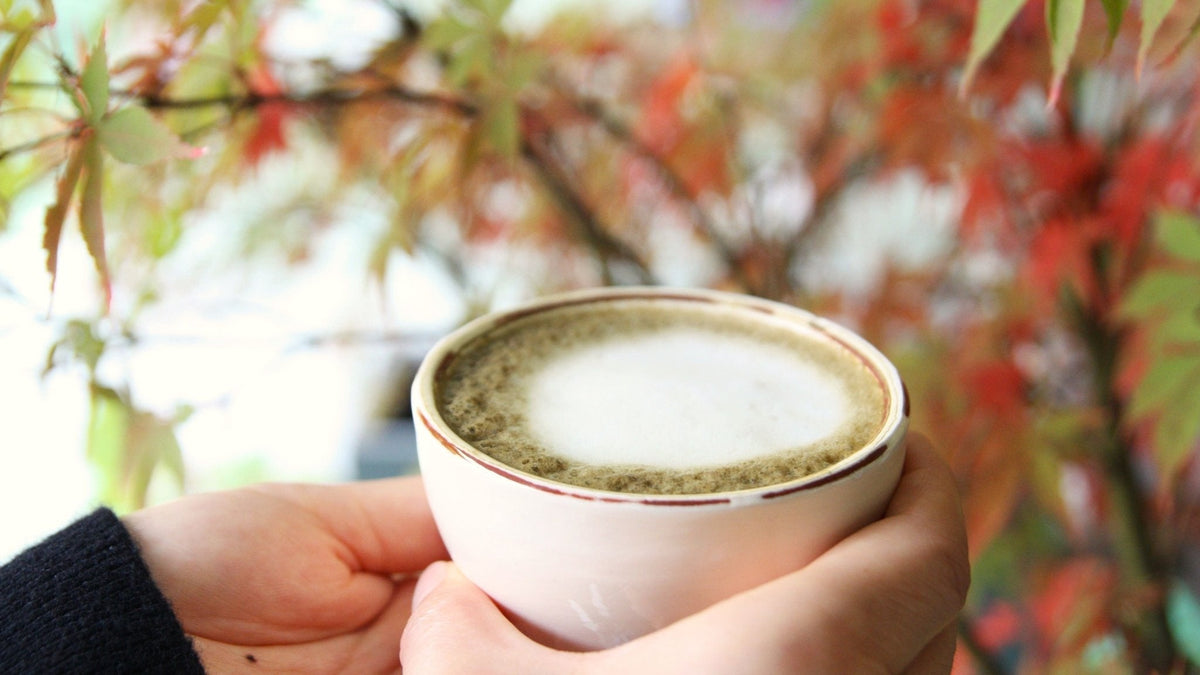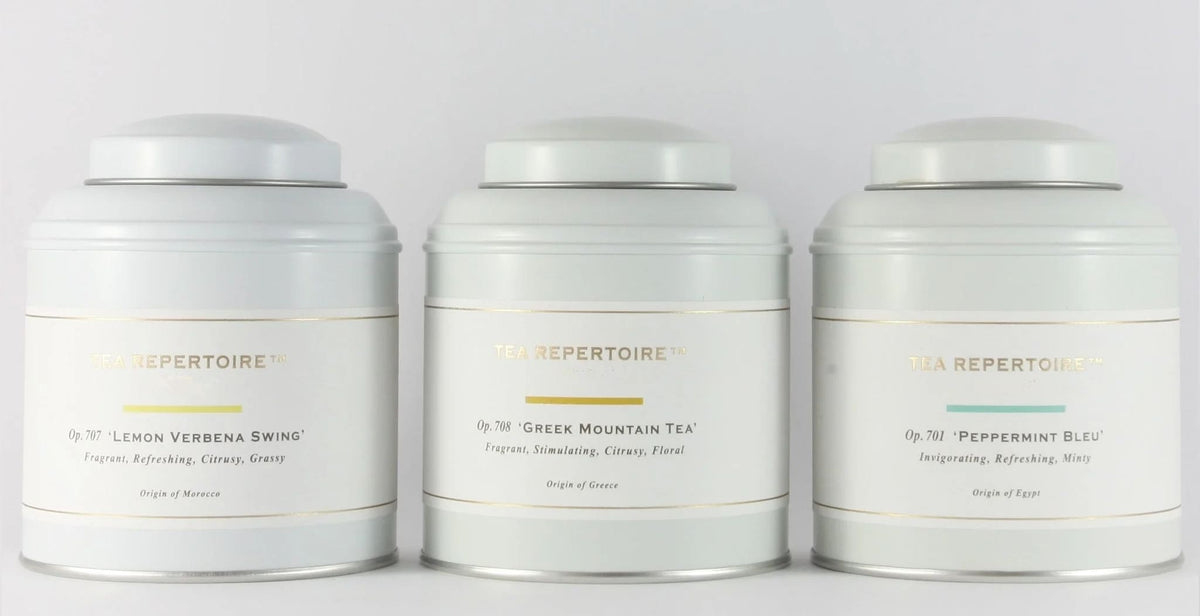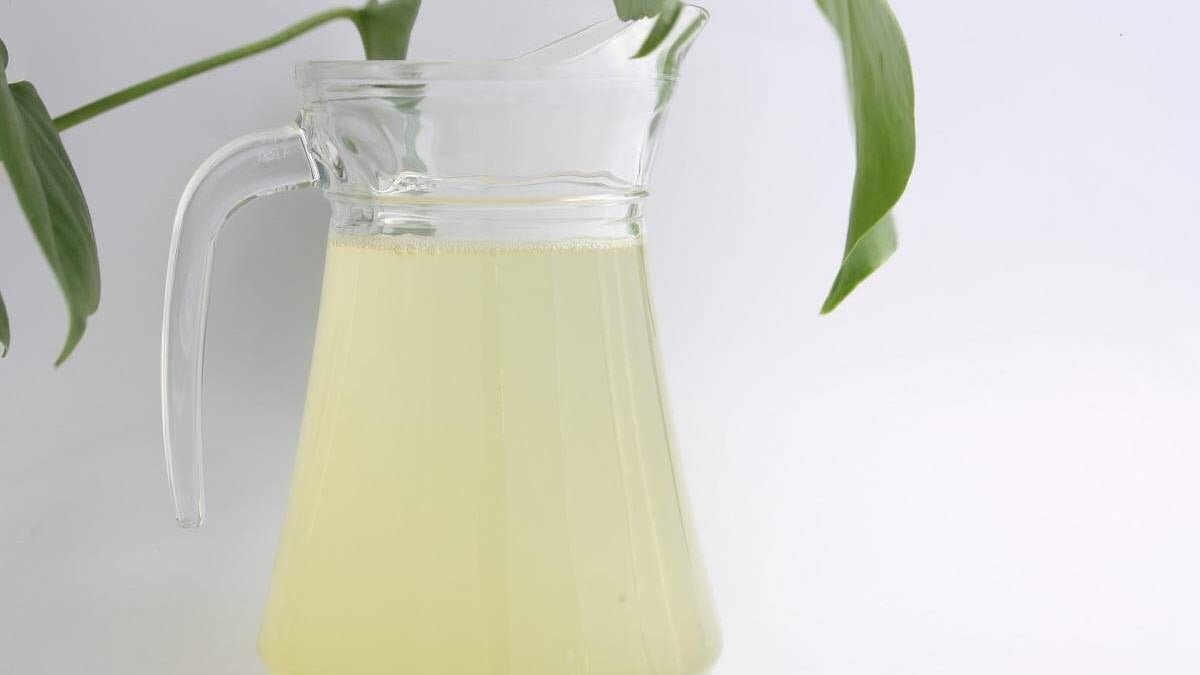What is Gyokuro Tea?
Have you heard of Gyokuro, a highly unique green tea from Japan? If you're a Japanese tea connoisseur, it may well be the case that you are already addicted to its distinctively rich and intense, umami flavour. As we love drinking cold brew Gyokuro in hot summer days, we've decided to feature Gyokuro in this article - what is Gyokuro, how this tea is produced, how to brew Gyokuro and various ways to enjoy this special Japanese green tea.
Producing Gyokuro Tea
Gyokuro, literally means, "Jade Dew" in Japanese, is the most highly regarded Japanese green tea. The processing method of Gyokuro, which requires 3-4 weeks of shading tea plants before the harvest, was first introduced in 1835 in Uji by Kahei Yamamoto.
This shading process, which is done by using traditional straw or loosely woven cloth, can filter up to 90 percent of the sunlight and is proven to result in the significant physiological change in tea plant, which, in turn, alters the chemical composition of the tea leaves. For instance, as the photosynthesis of tea leaves is inhibited due to the limited sun exposure, tea plants are forced to draw up a substantial amount of nutrients, which subsequently increases the amount of sugars, amino acids and caffeine while decreasing the amount of catechin in the tea leaves. This physiological and chemical alteration of tea plants indeed define the flavour profile of Gyokuro. A good, authentic Gyokuro green tea is extremely rich in L-theanine, the essential amino acid, which contributes to the iconic, mellow sweetness and intense, umami flavours of Gyokuro.
Our Gyokuro have been made from tea plants, which have been shaded 30 days before the harvest. As the shading imposes such a heavy burden on the tea plants, our tea farmer in Uji can harvest tea leaves for Gyokuro only once a year.

How To Brew Gyokuro Tea?
The most important for Gyokuro: Temperature, Temperature, Temperature!
Either you're a tea connoisseur or debutant to Gyokuro, you might have struggled once with brewing this special green tea. What makes Gyokuro brewing really challenging and difficult is getting the right water temperature. Gyokuro requires a surprisingly low temperature (i.e. 50°C - 60°C) in order to extract its sweet, mellow, umami flavour. Please note that this temperature setting is much lower than Sencha and other types of green tea, which require the water temperature to be 70°C - 80°C. If you brew Gyokuro in the general green tea water temperature setting of 70°C - 80°C, your Gyokuro will become bitter instead of yielding mellow, rich, umami flavours.

Proportion of Water to Tea Leaves to make Gyokuro Tea
Once you get the right temperature for Gyokuro, another critical factor to pay attention to is the proportion of water and tea leaves. If you're a Japanese tea connoisseur who enjoys the intense, umami flavour and unctuous, thick mouthfeel of Gyokuro, you could place 1-2 g of tea leaves per every 30ml of water. For instance, if you have a 180ml Hohin teapot (i.e. a traditional Japanese brewing vessel for Gyokuro), you can place 5-10 g of tea leaves and brew 2-3 minutes for the first infusion, depending on the strength you enjoy. Once you start to brew, dry tea leaves will quickly absorb water and will start to take volume in the tea pot, which gives less space for water for the subsequent infusions - the reason why we recommend 5-10 g of dry leaves instead of 6 -12 g for a 180ml Hohin teapot. Afterwards, you can re-steep Gyokuro up to 4-5 times with the re-steeping time between 30-60 seconds.
For those who prefer a lighter and refreshing version of Gyokuro, we would recommend placing 1g of tea leaves for every 50ml of water and brew 2-3 minutes for the first infusion. Brewed this way, you will still get the gentle, sweetness of Gyokuro, but without having the thick, oily mouthfeel. You can also re-steep your Gyokuro 2-3 more times.
Essentially, tea is something highly subjective so we would recommend experimenting different water to tea leaves ratio to find out which strength of Gyokuro is most tantalising your palate.

Cold Brew Gyokuro
Thanks to its mellow, vegetal sweetness and herbaceous hint, Gyokuro makes an amazingly refreshing green tea, when cold brewed. If you haven't tried it yet, it is a must try this summer! Simply place 10g of Gyokuro tea leaves (or 2 Tbsp) in a 1 L carafe and pour cold, filtered water on top. Keep it in the fridge for 4-5 hours. As tea doesn't become really bitter with a longer steeping time, therefore you can also keep it in the fridge overnight before you go to bed to have a refreshing, cold-brew green tea ready for the next morning. If you haven't yet tried Gyokuro this way, you will be amazed how refreshing and delicious cold brew Gyokuro can be!
Discover our selection of Gyokuro
Leave a comment
Comments will be approved before showing up.
Also in TEA JOURNAL

The ultimate guide to matcha
Looking to master matcha? Learn how to choose the best matcha powder, prepare traditional Koicha and Usucha, understand flavor notes, and unlock powerful health benefits in this all-in-one guide.

How to Make the Perfect Hojicha Latte – A Barista’s Guide from Tea Repertoire
Discover how to craft the perfect Hojicha Latte — a smooth, nutty Japanese roasted tea drink that’s as comforting as it is refined. In this barista-approved recipe, Tea Repertoire shares the secrets behind achieving the ideal balance between roasted depth and creamy sweetness using organic Hojicha powder sourced directly from Shizuoka, Japan.

A Guide to Gifting Tea
A Guide to Gifting Tea: The Perfect Tea for Every Taste
Looking for the ideal tea gift? Whether it’s smooth Taiwanese oolongs, fragrant Jasmine Phoenix Pearls, or caffeine-free herbal teas, Tea Repertoire offers thoughtful recommendations to delight any tea lover. From rare Yunnan Purple Buds to crowd-pleasing Black Forest, discover premium teas for every palate. Learn more.

